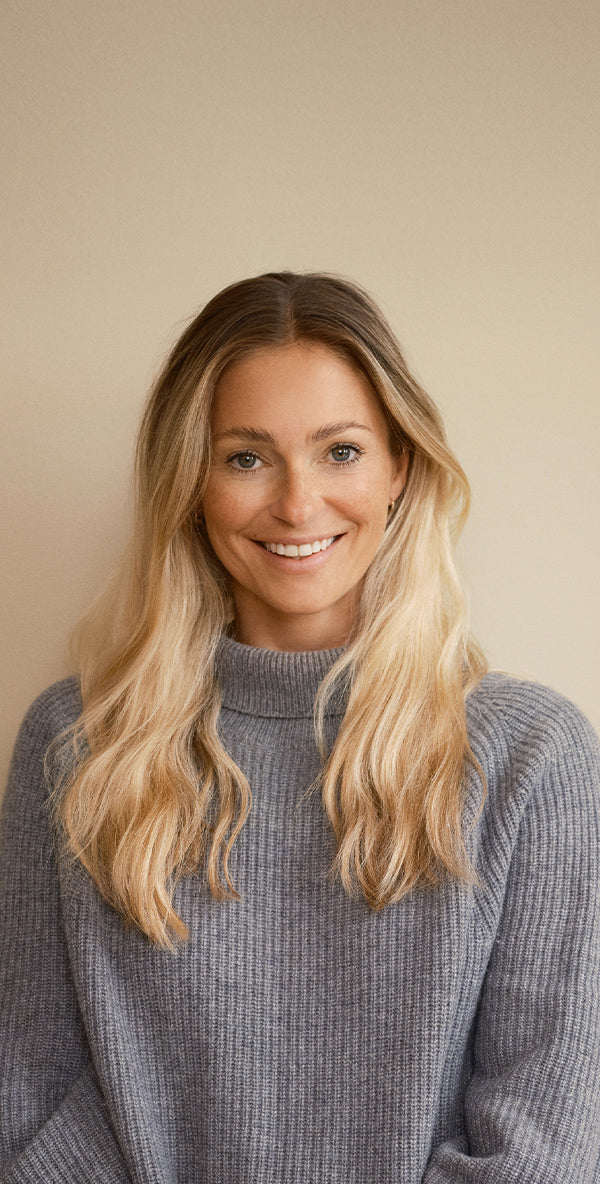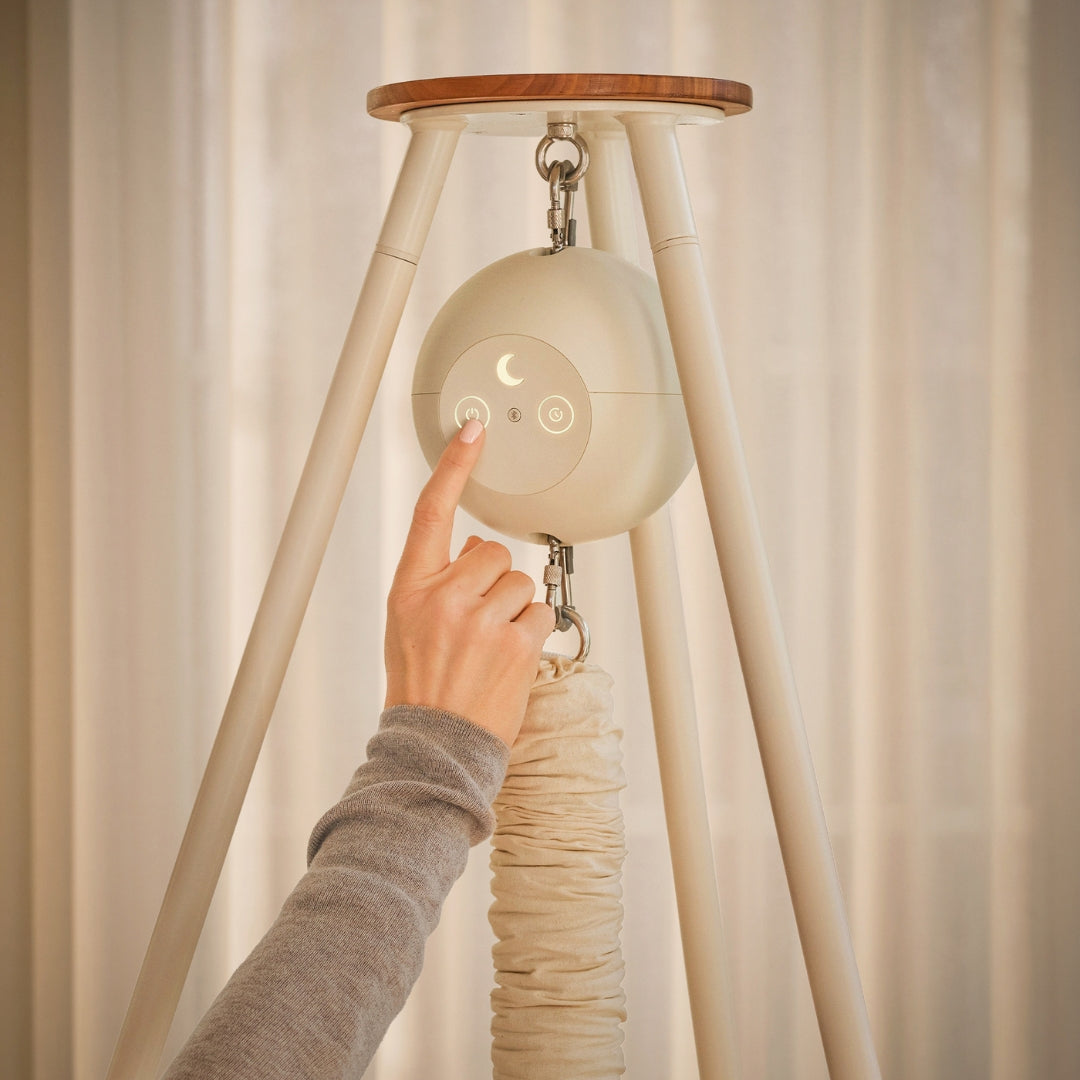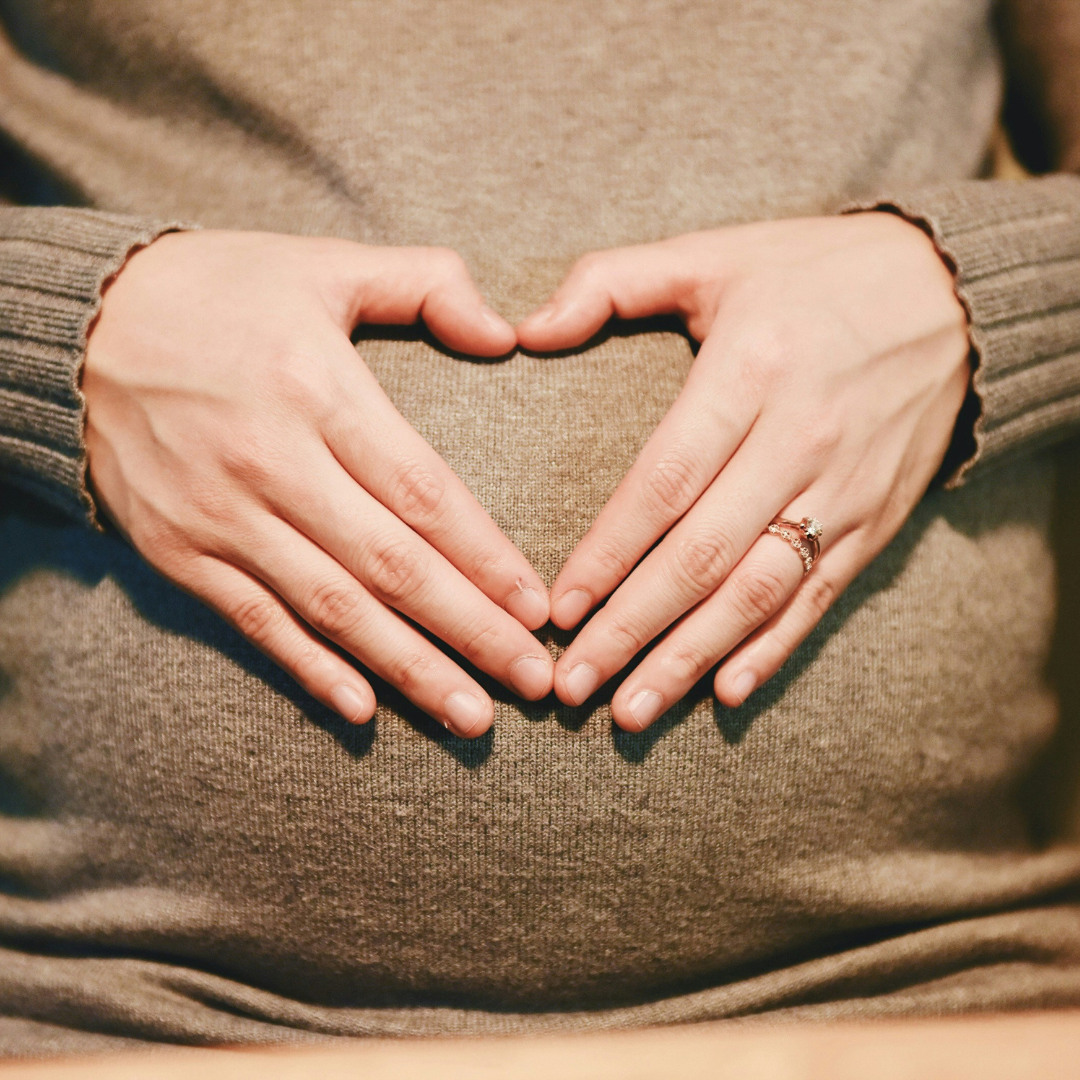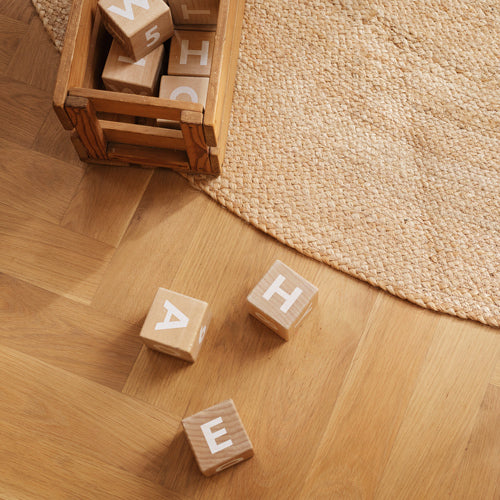


Imagine a world in which you could see only 30 cm / 12 inches in front of you.
That may be difficult to imagine now that your own vision is fully developed, but in fact, your newborn cannot see any farther. On this page, you will find additional information about the development of your baby’s vision.

A newborn's vision
When you get right up close to a young baby, you will see a huge smile light up the face. You need to get within 30 cm / 12 inches for baby to see you with its blurry vision.
Our vision is not fully developed at birth, and throughout the first year of life it keeps developing to give baby the ability to see farther and with more nuance.
The nearsightedness goes away at about 3 months
Your child won’t have any distance vision for 3 weeks or more. In fact, your baby needs to be 2-3 months old before the nearsightedness diminishes and the ability to see farther develops.
At about this age, the child is able to keep eye contact with you for longer, and you can watch the little eyes try to track what you are doing.
At 6 months, development of vision speeds up
When baby is 6 months old, the little one will be able to focus, and you will notice how eye movements develop quickly.
This is noticeable when baby is watching your activities, and junior will now be able to recognize the faces of people who visit often.

Fully developed vision
By the first birthday, baby is able to see quite far, but in fact his or her vision is constantly developing in a process that isn’t complete until about the start of school.
When the child is 3 years old, typically the pediatrician will perform a test to monitor the development of his or her vision. Such a test helps identify and deal with any conditions such as nearsightedness or crossed eyes.




































